How a Gait Analysis System Helps Identify Gait Issues and Prevent Gait Disorders
Gait refers to the body's posture and movement pattern during walking, and it is one of the key indicators of an individual's health status. Abnormal gait is often linked to various underlying health problems, particularly in the nervous system, musculoskeletal system, and balance function. A gait analysis system, equipped with advanced sensor technologies and intelligent algorithms, can monitor and analyze gait data in real-time, helping to identify gait issues and prevent gait disorders. This article explores how a gait analysis system plays a crucial role in early detection of gait problems, prevention of gait disorders, and providing personalized interventions.
Basic Principles and Applications of the Gait Analysis System
The core function of a gait analysis system lies in its ability to collect movement data during walking using precise sensor systems. These parameters include stride length, walking speed, gait symmetry, center of mass changes, and double support time. By analyzing these data, the gait analysis system can evaluate the smoothness, balance, and stability of the gait cycle, identifying potential gait abnormalities.
A gait analysis system typically consists of multiple sensors and devices, such as pressure sensors, accelerometers, gyroscopes, and infrared sensors. These devices work together to provide multidimensional data collection and analysis, assisting doctors, athletes, or rehabilitation specialists in better understanding an individual's gait characteristics.
How Gait Analysis Systems Identify Gait Issues
Gait problems often serve as warning signals of underlying health issues. The gait analysis system can help pinpoint the origin of abnormal gait by monitoring and precisely analyzing gait data. Common gait issues include uneven stride, gait asymmetry, excessively slow or fast walking, and instability when standing. By analyzing these gait parameters, the gait analysis system can uncover hidden health problems.
For example, uneven stride or gait asymmetry may indicate lower limb muscle dysfunction or gait changes caused by joint injuries. Slow gait could be related to neurological conditions such as Parkinson's disease, while fast gait may be linked to anxiety disorders or other psychological issues. By conducting gait analysis, doctors can identify these abnormalities and create personalized diagnostic and treatment plans for the patients.
Role of Gait Analysis Systems in Early Warning of Gait Disorders
Gait disorder refers to problems with the coordination and stability of walking, typically manifested as unsteady walking or irregular steps. Gait disorders not only affect daily life but can also lead to severe consequences such as falls, especially among the elderly and patient populations. Gait analysis systems can effectively monitor changes in gait and help detect early signs of gait disorders.
With continuous gait data monitoring, the gait analysis system can track trends in gait changes and identify early warning signs of gait disorders. For instance, changes in gait symmetry or reduced stride length may indicate early-stage manifestations of certain diseases (such as arthritis, spinal issues, or neurological conditions). By analyzing long-term data and using intelligent algorithms, the gait analysis system can provide early alerts, enabling doctors to take preventive measures and avoid further deterioration of the gait disorder, reducing the risk of falls and other health complications.
Preventing Gait Disorders with Gait Analysis Systems
A gait analysis system is not just a diagnostic tool; it also plays a critical role in preventing gait disorders. Through a comprehensive assessment of gait parameters, doctors and rehabilitation specialists can design scientific intervention plans to improve gait and prevent gait problems from occurring.
For instance, the gait analysis system can identify instability or uneven steps. Experts can then analyze these data to create appropriate physical therapy and exercise plans. For individuals with gait abnormalities, the system can guide customized training to improve gait coordination, balance, and fluidity. This not only enhances an individual's daily mobility but also effectively prevents falls and other health issues caused by gait disorders.
Application of Gait Analysis Systems in Rehabilitation Therapy
The use of gait analysis systems in rehabilitation therapy has become a growing trend. Rehabilitation often requires scientific assessment methods to evaluate a patient's recovery, and gait analysis systems provide an accurate tool for this purpose. Whether it's recovery from neurological injuries or joint surgery, gait analysis systems help doctors monitor a patient's gait changes and adjust the rehabilitation plan based on the analysis results.
For example, for post-stroke patients, the gait analysis system can analyze whether there is instability or asymmetry in their walking pattern and provide targeted treatment and training plans to help them restore normal gait patterns.
Personalized Intervention with Gait Analysis Systems
Since each individual has different gait characteristics, personalized interventions using gait analysis systems are essential for improving gait issues. Through comprehensive data collection and analysis, the gait analysis system can create tailored intervention plans. For instance, for patients with plantar fasciitis, the system can evaluate the distribution of foot pressure and suggest appropriate treatments. For the elderly, the system can design specialized balance training to reduce the risk of falls.
Personalized intervention plans not only improve the efficiency of gait recovery but also avoid over-treatment or inappropriate interventions, ensuring the best rehabilitation outcomes for patients.
Integration of Gait Analysis Systems with Artificial Intelligence
In recent years, the rapid development of artificial intelligence (AI) technology has opened up new opportunities for enhancing the functionality of gait analysis systems. AI can improve diagnostic accuracy and early warning capabilities by learning from large datasets of gait data. With continuously optimized algorithms, AI can automatically detect subtle changes in gait, identify early signs of gait disorders, and provide precise intervention recommendations.
Moreover, AI can combine gait analysis data with patients' historical health data to offer more personalized health management solutions. For example, for patients with specific health conditions, AI can generate customized rehabilitation plans, helping them more effectively prevent gait problems.
Future Trends in Gait Analysis Systems
With technological advancements, the functionality of gait analysis systems will continue to evolve. Future gait analysis systems will be more intelligent, personalized, and convenient, providing services to a broader population. The system will integrate with wearable devices to enable round-the-clock health monitoring. In particular, for the elderly, gait analysis systems will become an essential tool for widespread health management.
Additionally, gait analysis systems will be more widely applied in sports medicine, rehabilitation medicine, and other fields to help professional athletes, fitness enthusiasts, and patients optimize their gait, prevent sports injuries, and improve athletic performance.
As an advanced health monitoring tool, the gait analysis system is gradually changing our understanding and treatment of gait issues. By providing precise gait data analysis, the system not only helps diagnose gait problems but also effectively prevents gait disorders, reducing the risk of falls and other health complications. With continuous technological advancements, gait analysis systems will play a larger role in various fields such as medicine, sports, and rehabilitation, offering personalized health management solutions to more people. Through intelligent applications, early diagnosis and intervention of gait problems will become more accurate, providing strong support for individual health protection and improvement.
The future of gait analysis systems is full of potential. As artificial intelligence, wearable devices, and big data technologies continue to converge, gait analysis systems will become an essential tool for daily health management, helping us better monitor gait health, prevent gait disorders, and reduce the incidence of related diseases.

 +86-0755-86131192
+86-0755-86131192 2024-12-06
2024-12-06 Back to list
Back to list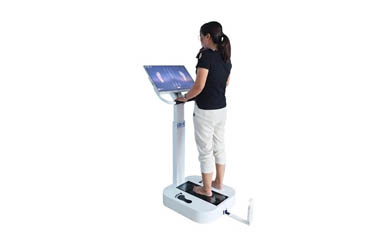
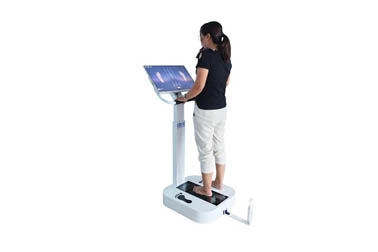
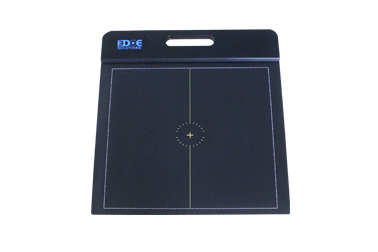
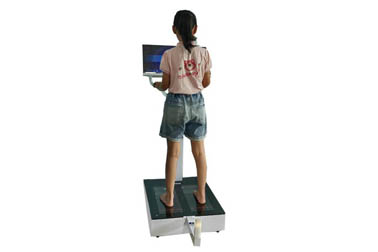
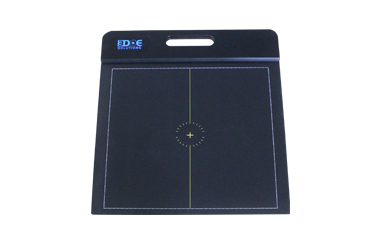
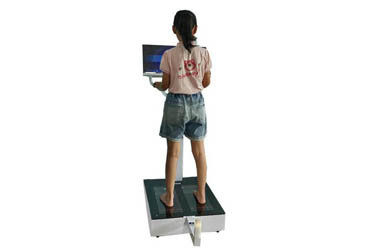



 +86-0755-86131192
+86-0755-86131192